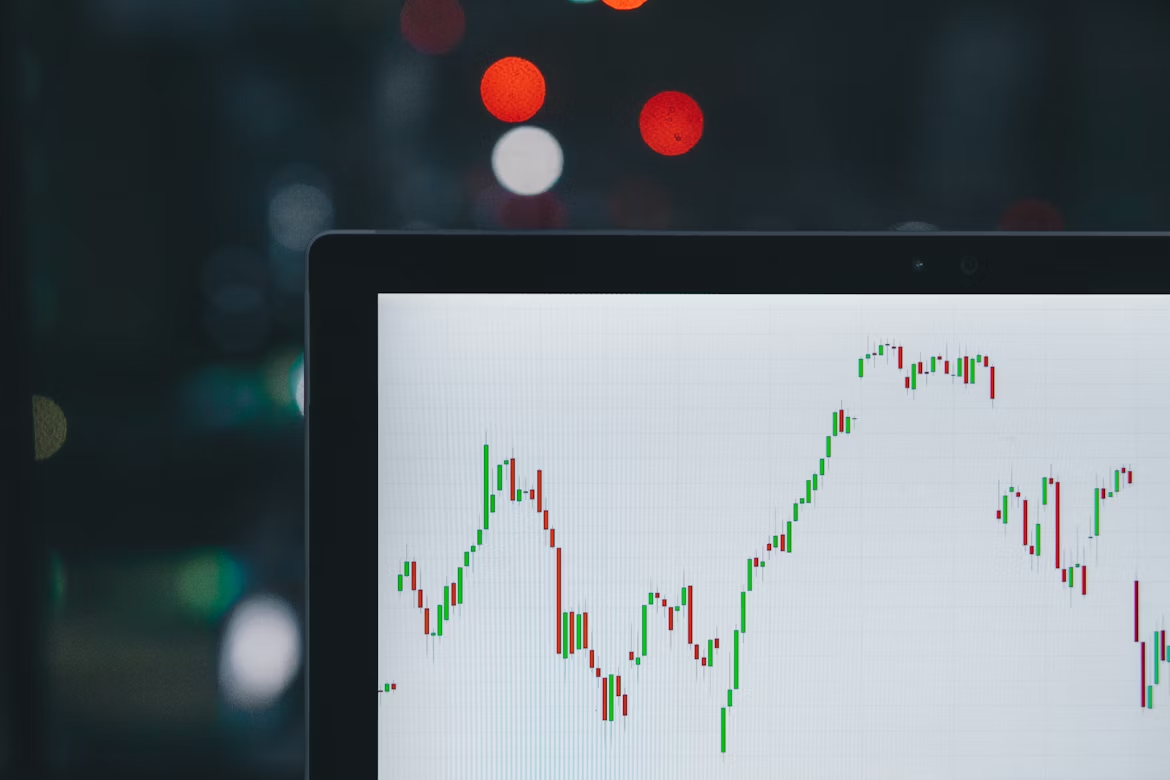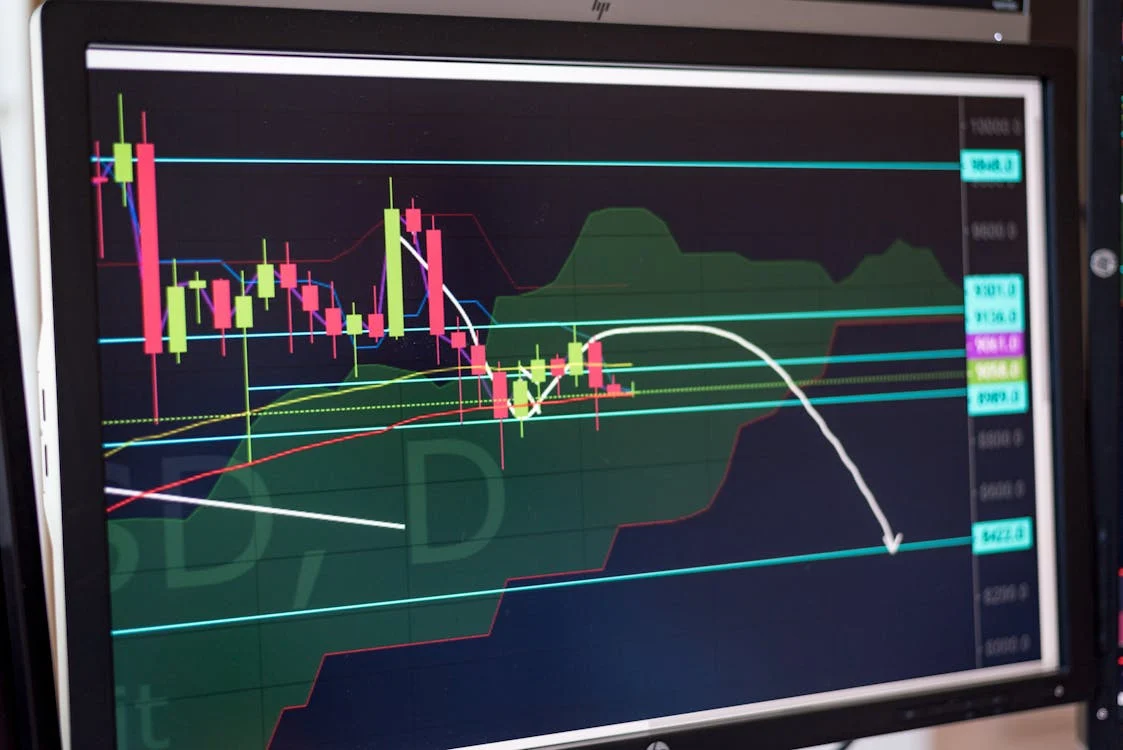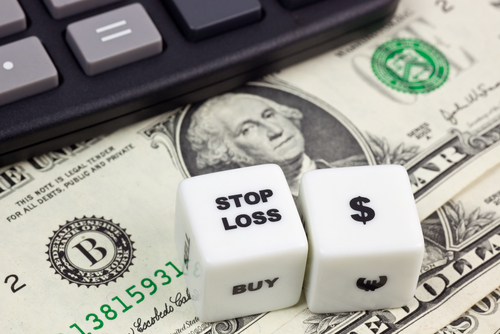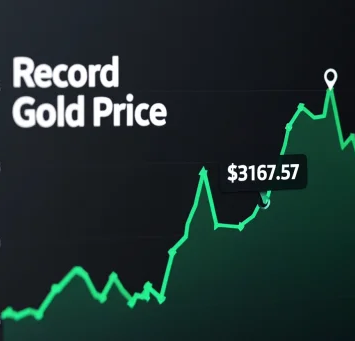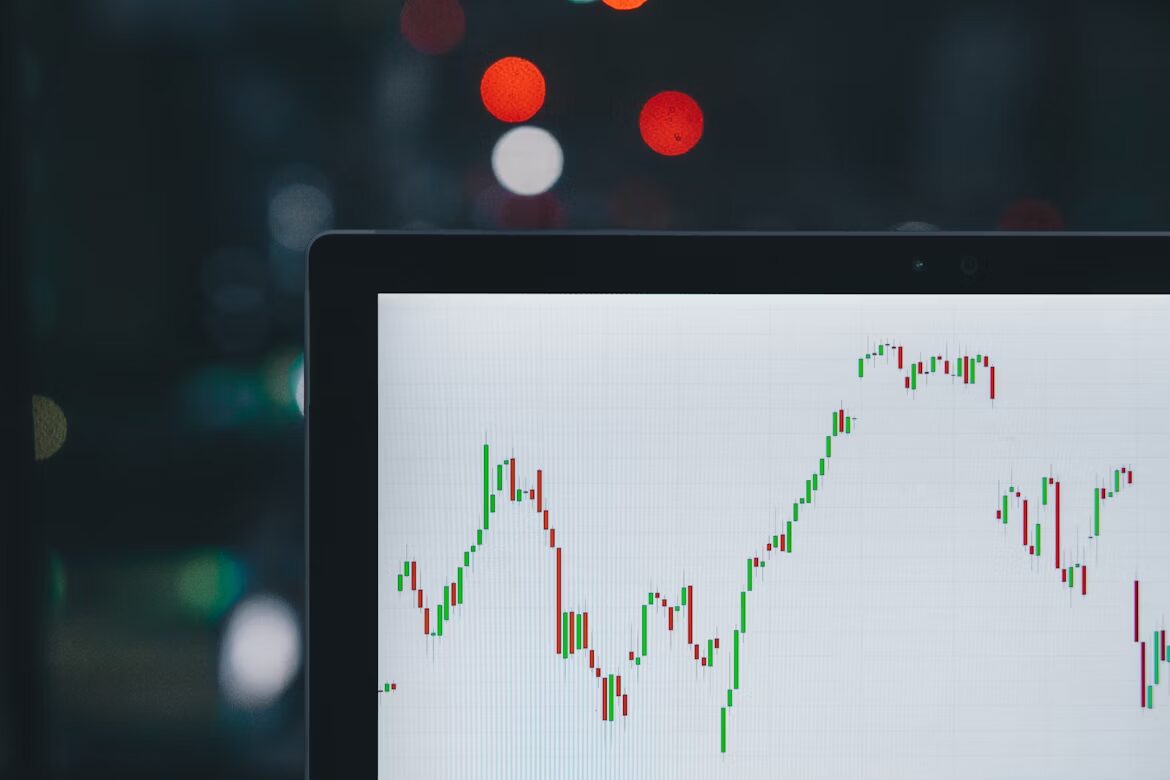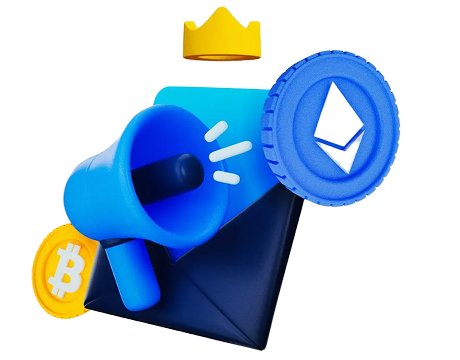Gold isn’t just the stuff of legends and pirate tales; it’s a real-world treasure that has captivated societies across millennia. From being a cornerstone of prosperity in ancient empires to underpinning modern economies, gold’s gleam continues to attract attention and investment globally. But what makes gold truly fascinating isn’t just its rich history; it’s its enduring relevance, even in today’s financial markets. Whether you’re a novice investor or a seasoned trader, gold offers a blend of security and opportunity that few other assets like real estate or (recently crypto) can match.
It’s interesting to note that during the economic turbulence of 2008-2009, gold prices increased dramatically, and the Producer Price Index (PPI) for gold ores rose 101.1 percent, serving as a buffer against the stock market’s wild swings. This resilience is a testament to why gold trading remains a “safe haven” or, say, a critical strategy for anyone looking to stabilize their investment portfolio.
Read on as we explore not just the why and the how of investing in this precious metal but also arm you with the strategies, tips, and market insights needed to make the most of your gold transactions.
Why Trade Gold?
Trading gold has always been more than just a financial decision—it’s about securing a part of your portfolio that consistently holds value, no matter the economic weather. Unlike many modern financial instruments, gold retains a unique position due to its historical stability and intrinsic value.
It’s not just another commodity; it’s a form of financial insurance that doesn’t depend on a specific country’s currency or economic performance. This makes it incredibly appealing, especially in times of inflation when the purchasing power of currency can decrease. Gold typically moves in the opposite direction of the dollar, making it a safe harbor during periods of currency devaluation.
Furthermore, gold is an excellent way to diversify your investments. The old saying “don’t put all your eggs in one basket” holds particularly true in the realm of investment, and fortunately, gold offers a relatively stable basket on its own. When stock markets are down, gold prices often rise, which can help offset losses in other areas of your portfolio. This inverse relationship between gold and other assets can provide investors with a critical balance, reducing risk through diversification.
Moreover, trading gold can be done in various ways—each accommodating different investment styles and capital outlays. You can hold physical gold in the form of bars or coins, invest in gold ETFs, or engage in futures and options in the gold market. This flexibility allows each type of investor to find a suitable gold trading method that aligns with their investment strategy and risk tolerance.
How to Trade Gold?
Now that we understand the ‘why,’ let’s explore the ‘how.’ Gold can be traded in several forms:
Trading Physical Gold
For those who prefer a tangible asset, the most direct way to invest in gold is to purchase it in its physical form—be it bars, coins, or jewelry. This involves considerations such as storage, insurance, and the resale value of the gold items you own. While trading physical gold gives you a sense of security, the logistics can sometimes be more cumbersome compared to other investment forms.
Gold ETFs and Mutual Funds
For those who prefer a hands-off investment approach, gold ETFs and mutual funds provide the best alternative. These funds trade on stock exchanges much like shares and are backed by either physical gold or gold receivables. They’re a fantastic way to gain exposure to the gold markets without the need to handle the physical commodity, making buying and selling as easy as trading stocks.
Gold Futures and Options
If you’re looking for a method that offers leverage and the ability to hedge, gold futures and options might be right up your alley. These derivatives allow you to bet on the future price movements of gold without actually owning it. Futures contracts can be a bit more straightforward, while options offer more flexibility without the obligation to buy or sell unless you choose to exercise the option.
Gold Stocks and Mining Companies
Investing in gold stocks or shares of reputable mining companies is another way to get involved in gold without owning the metal itself in your hand. This method ties your investment to the financial performance of companies involved in the extraction and sale of gold, which means it’s influenced by factors like mining costs, management efficiency, geopolitical risks, and sector-specific challenges.
Make Gold Trading Easier with the Best Online Gold Trading Platform
AvaTrade: AvaTrade offers a range of tools to help you stay on top of market trends and make well-timed trading decisions. With advanced technical analysis features and access to up-to-date economic calendars, this platform equips you with the insights needed to make informed gold market moves.
EasyMarkets: EasyMarkets makes timing your trades simpler with its fixed spreads and easy-to-use platform. It’s designed to help you execute trades efficiently, and its educational resources offer advice on market timing, making it a great option for traders looking to refine their strategies.
XM: The XM trading platform provides traders with competitive spreads and comprehensive educational resources to make the most of key trading hours. Their user-friendly platform offers a variety of tools to assist in timing trades and optimizing strategies for better trading outcomes.
Key Strategies for Successful Gold Trading
When it comes to gold trading, having a well-thought-out strategy is essential. Whether you’re a seasoned trader or just getting started, understanding and applying the right strategies can make all the difference. Here’s a breakdown of key strategies that can help you trade gold successfully:
Stay Informed About Global Economic Factors
Gold prices are heavily influenced by global economic events, making it crucial for traders to stay updated on factors like inflation rates, central bank policies, and geopolitical events. For instance, when inflation rises or the economy weakens, investors often flock to gold as a safe-haven asset, driving up its price. By staying informed on key economic indicators—such as interest rates, GDP reports, and employment data—you’ll have a better sense of when to enter or exit the market.
Use Technical Analysis
Technical analysis is a critical tool for predicting future price movements based on historical data and market trends. This involves studying charts, identifying patterns, and using technical indicators like moving averages, Relative Strength Index (RSI), and support and resistance levels. Technical analysis helps you understand where the price might be heading and whether it’s a good time to buy or sell.
Diversify Your Portfolio
While gold is often considered a relatively stable investment, it’s still essential to diversify your portfolio to spread risk. By not relying solely on gold, you reduce the chances of significant losses when the market turns against you. Consider investing in other assets like stocks, Cryptocurrencies, bonds, or even different commodities to create a balanced and well-rounded investment portfolio.
Practice Risk Management
Effective risk management is crucial to minimizing potential losses in gold trading. One way to manage risk is by using stop-loss orders, which automatically close your position if the market moves against you beyond a certain point (either a % or a dollar below the current market price). This helps protect your capital and ensures that a single bad trade doesn’t wipe out your entire investment.
Timing Your Trades
Timing is everything when it comes to gold trading. Understanding the best times to trade gold—such as during high liquidity periods like the overlapping of the US and European trading sessions—can significantly impact your profits. Additionally, gold prices often react sharply to major economic announcements, so aligning your trades around these events can open up better return opportunities.
Combine Technical and Fundamental Analysis
While technical analysis focuses on charts and price patterns, fundamental analysis looks at the broader economic and political landscape to predict price movements. Combining both gives you a well-rounded approach to trading. For example, while technical indicators may signal a good time to buy, fundamental analysis could reveal instability that suggests the price of gold will continue rising.
Stay Disciplined and Avoid Emotional Trading
Emotional trading—acting on fear, greed, or frustration—can often lead to poor decisions, which can cost big time. Sticking to your strategy, even when the market fluctuates wildly, is key to long-term success. This means having a plan and sticking to it, regardless of market noise or personal emotions.
Keep Learning and Adapting
The gold market, like any financial market, is always evolving. What works today might not work really tomorrow, so staying informed and continuously learning is crucial. Whether it’s new tools, strategies, or changes in market conditions, adapting to new information is key to staying ahead.
Tips for New Gold Traders
Gold trading can be exciting, but like any investment, it requires a solid foundation to get started. To ensure you’re set up for success, here are some practical tips to help you as a new gold trader.
Educate Yourself Before Trading
Before jumping into gold trading, it’s crucial to have a clear understanding of how the market works. Start by learning the basics—what drives gold prices, how global events influence the market, and the different ways to trade gold, such as through physical gold, ETFs, or gold futures. Take the time to read informative articles, attend webinars, or even watch educational videos. Understanding these fundamentals will build your confidence and help you make smarter decisions from the very start.
Start Small with Your Investments
It’s tempting to dive in headfirst, especially when you’re excited, but like every investment, starting small is a safer approach. As a beginner, you’re likely to make a few mistakes along the way, and by starting with small trades, you can minimize your losses. This strategy enables you to refine your approach and learn without jeopardizing a substantial amount of your capital. Over time, as you gain more confidence and experience to navigate the market, you can gradually increase your investment.
Practice with a Demo Account
One of the best ways to get comfortable with gold trading without risking real money is by using a demo account. Many online trading platforms offer demo accounts where you can practice trading with virtual funds. This gives you a risk-free environment to test your strategies, learn how the market behaves, and get familiar with the trading platform itself before you invest in real money.
Set Realistic Goals
As a beginner, it’s essential to set realistic goals. Don’t expect to make huge profits overnight. Instead, focus on learning the market, making small, steady gains, and avoiding large losses. Setting realistic goals helps you stay focused, avoid taking unnecessary risks, and keep your emotions in check.
Understand the Costs Involved
Gold trading, like any other form of investment, comes with some associated costs. Depending on the method you choose (physical gold, ETFs, futures, etc.), there will be various fees involved in the process, such as broker commissions, storage costs for physical gold, and spreads in trading. These costs can add up and affect your profitability, especially if you’re unaware of them at the outset.
Stay Patient and Avoid Overtrading
Many beginners fall into the trap of overtrading, thinking that frequent trades will lead to higher profits. However, overtrading can increase transaction costs and expose you to unnecessary risks. It’s important to be patient and only make trades when you have a reason or when market conditions align with your strategy. Fewer, well-thought-out trades are often more profitable than constant ones.
Use Stop-Loss Orders to Protect Your Capital
A stop-loss order is an essential tool for any trader, especially beginners. This order automatically exits a trade once the gold price hits a specified level, thereby limiting potential losses. Stop-loss orders can help you manage risk and ensure that one bad trade doesn’t affect your overall capital.
Track Your Progress and Learn from Mistakes
Every trade—whether successful or not—provides valuable insights. Therefore, it’s important to keep a record of your trades, noting what went well and where things went wrong. Reviewing your past trades allows you to spot patterns, refine your strategy, and avoid repeating the same mistakes.
Market Insights and Trends in Gold Trading
In 2024, the gold market has really been a hotspot for investors, hitting new highs largely due to geopolitical tensions and changing economic policies. With everything from regional conflicts to uncertain economic forecasts, it’s no wonder people are turning to gold as a safe haven. It’s like gold has become a comfort blanket for those worried about the unpredictable nature of today’s world.
Interestingly, interest rates have had a big role in shaping gold’s journey this year. The buzz around potential rate cuts by the Federal Reserve has kept everyone on their toes. Typically, when interest rates drop, gold becomes appealing because you’re not sacrificing interest earnings by holding a non-yielding asset like gold. This makes any hint of a rate cut pretty significant for the gold market.
Central banks are also playing their part, especially with substantial gold purchases. It’s like watching a strategic game where big players like China are consistently boosting their gold reserves, which pushes up demand and sends a strong signal about the value of gold in today’s economy.
On a technical note, gold has shown quite a bit of strength by pushing past various price points that many thought were ceilings. Despite traditional expectations tying gold prices to real yields, gold seems to be charting its own course. It’s as if gold is saying, “I’ll go my own way, thanks,” even as other factors like U.S. real yields, aka inflation-adjusted yields, would typically pull it down.
As the year winds down, the outlook for gold remains optimistic yet cautious. Investors are keeping a close eye on the usual suspects—economic indicators and central bank actions—that will likely dictate where gold heads next. It’s a classic scenario where gold isn’t just another commodity; it’s a pivotal part of investment aimed at countering uncertainty and securing value in turbulent times.
In conclusion, gold trading is not just for seasoned investors; it’s a viable option for anyone looking to diversify their investment portfolio and protect their financial future. So, whether you’re a beginner just entering the market or an experienced trader, the key to success in gold trading lies in education, thoughtful strategy, and continuous market analysis. Ready to embark on your gold trading journey? Search no further. Compare the best gold brokers for online gold trading at TradeGoldOnline.


